Home>Gardening & Outdoor>Outdoor Recreation & Activities>How Did Frisbee Get Its Name?
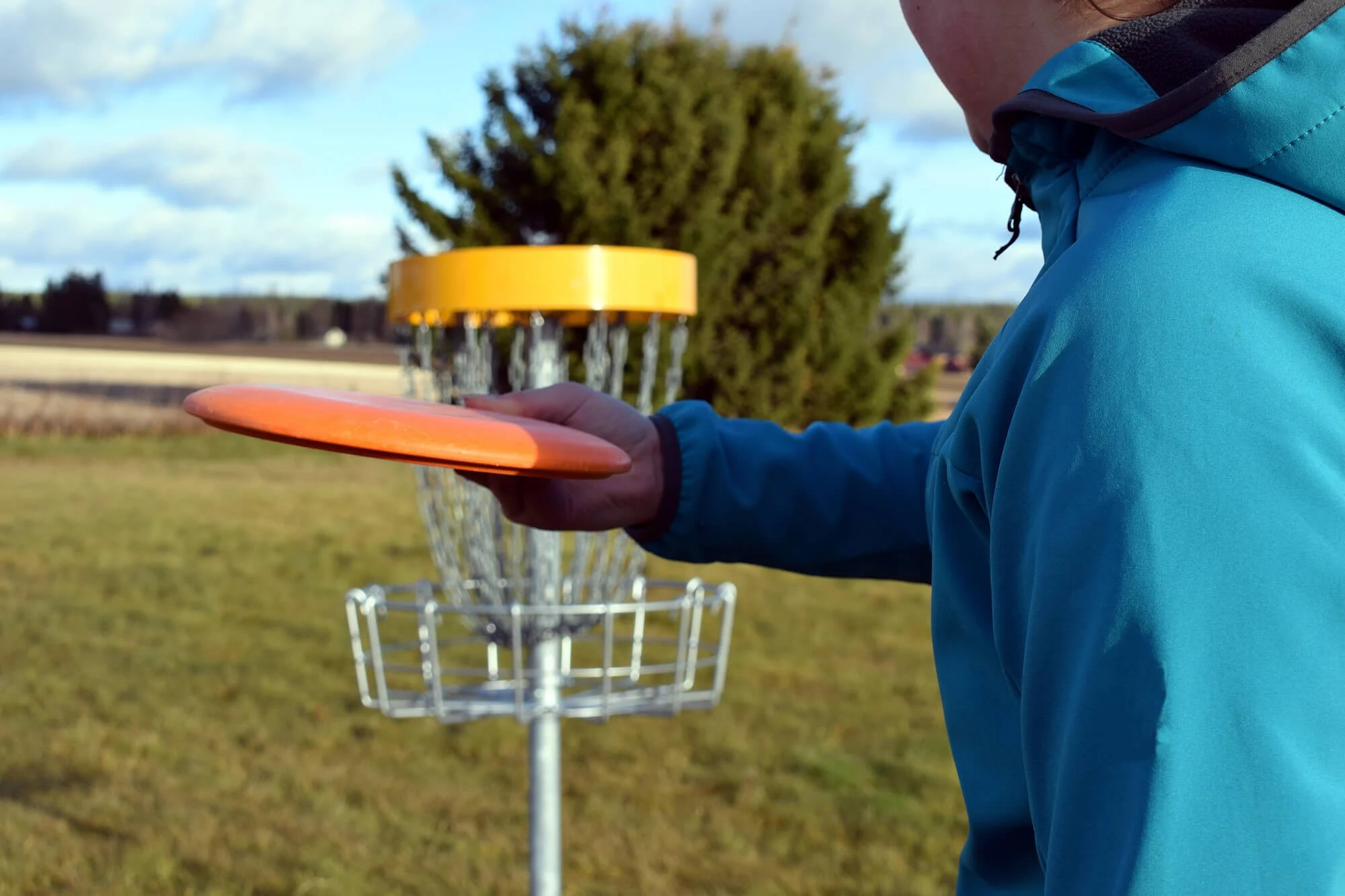

Outdoor Recreation & Activities
How Did Frisbee Get Its Name?
Modified: September 2, 2024
Discover the fascinating history behind the name "Frisbee" and its connection to outdoor recreation and activities. Learn about the origins of this beloved pastime!
(Many of the links in this article redirect to a specific reviewed product. Your purchase of these products through affiliate links helps to generate commission for Storables.com, at no extra cost. Learn more)
Origins of the Frisbee
The Frisbee, a beloved and iconic flying disc, has a fascinating origin story that traces back to the late 19th century. Its journey from a simple pie tin to a popular recreational toy is a testament to the power of innovation and the unexpected ways in which everyday objects can capture the imagination of people around the world.
The story begins with the Frisbie Pie Company, a bakery based in Bridgeport, Connecticut, that gained local renown for its delicious pies. As the popularity of the company's pies soared, so did the empty pie tins that were left behind. It was these discarded pie tins that would eventually become the inspiration for a beloved pastime.
In the 1870s, a group of enterprising individuals discovered the joy of tossing the empty pie tins around, realizing that they could glide through the air with remarkable ease. The lightness and aerodynamic design of the tins made them perfect for casual games of catch, and soon, the simple act of tossing these tins evolved into a popular leisure activity.
The transition from pie tin to flying disc took a significant leap forward when the Frisbie Pie Company's tins caught the attention of college students in the Northeastern United States. These students, particularly those from Yale University, were captivated by the exhilarating experience of throwing and catching the pie tins. As the activity gained traction, the distinctive call of "Frisbie!" became synonymous with the thrilling sound of the spinning disc slicing through the air.
The infectious enthusiasm for this newfound pastime led to the birth of a cultural phenomenon. The simple joy of flinging a pie tin transformed into a communal activity that brought people together, fostering a sense of camaraderie and fun. The Frisbie Pie Company unwittingly became a part of a recreational revolution, as their pie tins became the catalyst for a game that would capture the hearts and imaginations of generations to come.
The transition from "Frisbie" to "Frisbee" occurred when Walter Frederick Morrison, an inventor and entrepreneur, developed a plastic version of the flying disc in the 1940s. This innovative adaptation retained the spirit of the original pie tin, while offering improved durability and flight performance. Morrison's creation, initially known as the "Pluto Platter," eventually evolved into the modern Frisbee, a name that paid homage to the beloved pie tins that had inspired its inception.
The evolution of the Frisbee stands as a testament to the enduring appeal of simple, yet captivating, forms of recreation. From its humble origins as a discarded pie tin to its status as a beloved symbol of outdoor fun, the Frisbee continues to soar through the skies, bringing joy and entertainment to people of all ages.
The story of the Frisbee serves as a reminder that inspiration can arise from the most unexpected sources, and that the simplest of objects have the potential to spark moments of pure delight and connection.
Key Takeaways:
- The Frisbee originated from pie tins tossed for fun in the late 19th century, evolving into a beloved recreational toy that brings people together with joy and camaraderie.
- The transition from “Frisbie” to “Frisbee” honored the humble origins of the flying disc, showcasing the enduring appeal of simple yet captivating forms of leisure and outdoor enjoyment.
Read more: How Did The Devil’s Bathtub Get Its Name?
The Frisbie Pie Company
The Frisbie Pie Company holds a unique position in the history of the Frisbee, serving as the unlikely catalyst for the creation of a beloved recreational icon. Founded in Bridgeport, Connecticut, the company gained widespread acclaim for its delectable pies, which quickly became a local favorite. As the demand for their pies soared, the company's distinctive pie tins became an integral part of their success.
The empty pie tins, adorned with the company's name, inadvertently became the source of inspiration for a leisure activity that would captivate the hearts and minds of countless individuals. In the late 19th century, a group of individuals discovered the sheer joy of tossing these empty tins, marveling at their ability to glide effortlessly through the air. The lightweight and aerodynamic design of the tins made them perfect for impromptu games of catch, igniting a sense of excitement and camaraderie among those who participated.
The appeal of tossing the pie tins transcended age and background, drawing in people from all walks of life. The simple act of flinging a pie tin back and forth became a cherished pastime, fostering moments of pure joy and connection. The distinctive call of "Frisbie!" echoed through the air, signaling the exhilarating flight of the spinning disc and adding to the sense of shared delight.
The unexpected transformation of the Frisbie Pie Company's pie tins into objects of leisure and amusement underscored the remarkable power of everyday objects to inspire creativity and enjoyment. What began as a practical vessel for delectable pies evolved into a source of unbridled fun, bringing people together and creating lasting memories.
The legacy of the Frisbie Pie Company lives on in the enduring popularity of the Frisbee, a testament to the company's unwitting contribution to the world of recreation. The simple yet profound impact of their pie tins continues to resonate, reminding us that inspiration can emerge from the most unexpected sources, and that the simplest of objects have the potential to spark moments of pure delight and connection.
The Frisbee got its name from the Frisbie Baking Company in Connecticut, whose pie tins were used as flying discs. The name was later changed to “Frisbee” for trademark reasons.
The Transition to Frisbee
The transition from the casual tossing of pie tins to the widespread popularity of the Frisbee marked a pivotal moment in the evolution of this beloved flying disc. What began as a simple and spontaneous leisure activity among a group of individuals in the late 19th century soon gained momentum, captivating the imagination of college students and sparking a cultural phenomenon.
As the joy of tossing the pie tins spread, it found a particularly enthusiastic audience among college students in the Northeastern United States, with Yale University playing a central role in the disc's burgeoning popularity. The exhilarating experience of flinging the pie tins through the air resonated deeply with the students, leading to the organic formation of impromptu games and friendly competitions. The distinctive call of "Frisbie!" became synonymous with the thrilling sound of the spinning disc, echoing across college campuses and beyond.
The infectious enthusiasm for this newfound pastime transcended geographical boundaries, as the simple act of tossing a pie tin evolved into a communal activity that brought people together. The sense of camaraderie and shared enjoyment that accompanied these games solidified the disc's status as a symbol of carefree fun and outdoor recreation.
The transition to the Frisbee as a recognized and celebrated recreational item took a significant leap forward with the innovative vision of Walter Frederick Morrison. In the 1940s, Morrison introduced a plastic version of the flying disc, known initially as the "Pluto Platter." This adaptation retained the essence of the original pie tin while offering enhanced durability and flight performance, further fueling the disc's widespread appeal.
The evolution from "Frisbie" to "Frisbee" symbolized the seamless fusion of tradition and innovation, paying homage to the humble origins of the disc while embracing its modern incarnation. The official naming of the Frisbee solidified its status as a cultural icon, embodying the spirit of lighthearted play and outdoor enjoyment.
The transition to the Frisbee represents a testament to the enduring allure of simple yet captivating forms of recreation. From its humble beginnings as a discarded pie tin to its transformation into a cherished symbol of leisure and fun, the Frisbee continues to soar through the skies, bringing joy and entertainment to people of all ages.
The Official Naming of the Frisbee
The official naming of the Frisbee marked a significant milestone in the evolution of this beloved flying disc, solidifying its status as a cultural icon synonymous with outdoor fun and leisure. The transition from the original "Frisbie" to the modern "Frisbee" encapsulated the seamless fusion of tradition and innovation, paying homage to the disc's humble origins while embracing its contemporary identity.
Walter Frederick Morrison, an inventive and forward-thinking entrepreneur, played a pivotal role in shaping the trajectory of the flying disc's legacy. In the 1940s, Morrison introduced a plastic version of the disc, initially known as the "Pluto Platter." This innovative adaptation retained the essence of the original pie tin while offering enhanced durability and flight performance, capturing the imagination of individuals seeking lighthearted recreation and outdoor amusement.
The transition from "Pluto Platter" to "Frisbee" was propelled by the spirited enthusiasm and widespread recognition of the disc as a source of joy and camaraderie. The decision to adopt the name "Frisbee" paid homage to the Frisbie Pie Company, whose pie tins had inadvertently sparked the inception of the recreational disc. By incorporating the company's name into the official designation of the flying disc, Morrison honored the humble origins of the disc while acknowledging its transformative journey into a beloved pastime.
The official naming of the Frisbee resonated deeply with individuals of all ages, evoking a sense of nostalgia and adventure. The disc's association with carefree outdoor play and spontaneous moments of fun endeared it to countless enthusiasts, solidifying its place in the realm of recreational activities.
As the Frisbee continued to capture the hearts and imaginations of people around the world, its official naming served as a testament to the enduring appeal of simple yet captivating forms of leisure. From its modest beginnings as a discarded pie tin to its evolution into a cherished symbol of outdoor enjoyment, the Frisbee remains a timeless embodiment of the joy and exhilaration found in playful recreation.
The official naming of the Frisbee encapsulated the spirit of innovation, paying homage to the past while embracing the boundless possibilities of the future. It symbolized the enduring legacy of a humble object that transcended its original purpose, becoming a source of delight and connection for generations to come.
Frequently Asked Questions about How Did Frisbee Get Its Name?
Was this page helpful?
At Storables.com, we guarantee accurate and reliable information. Our content, validated by Expert Board Contributors, is crafted following stringent Editorial Policies. We're committed to providing you with well-researched, expert-backed insights for all your informational needs.
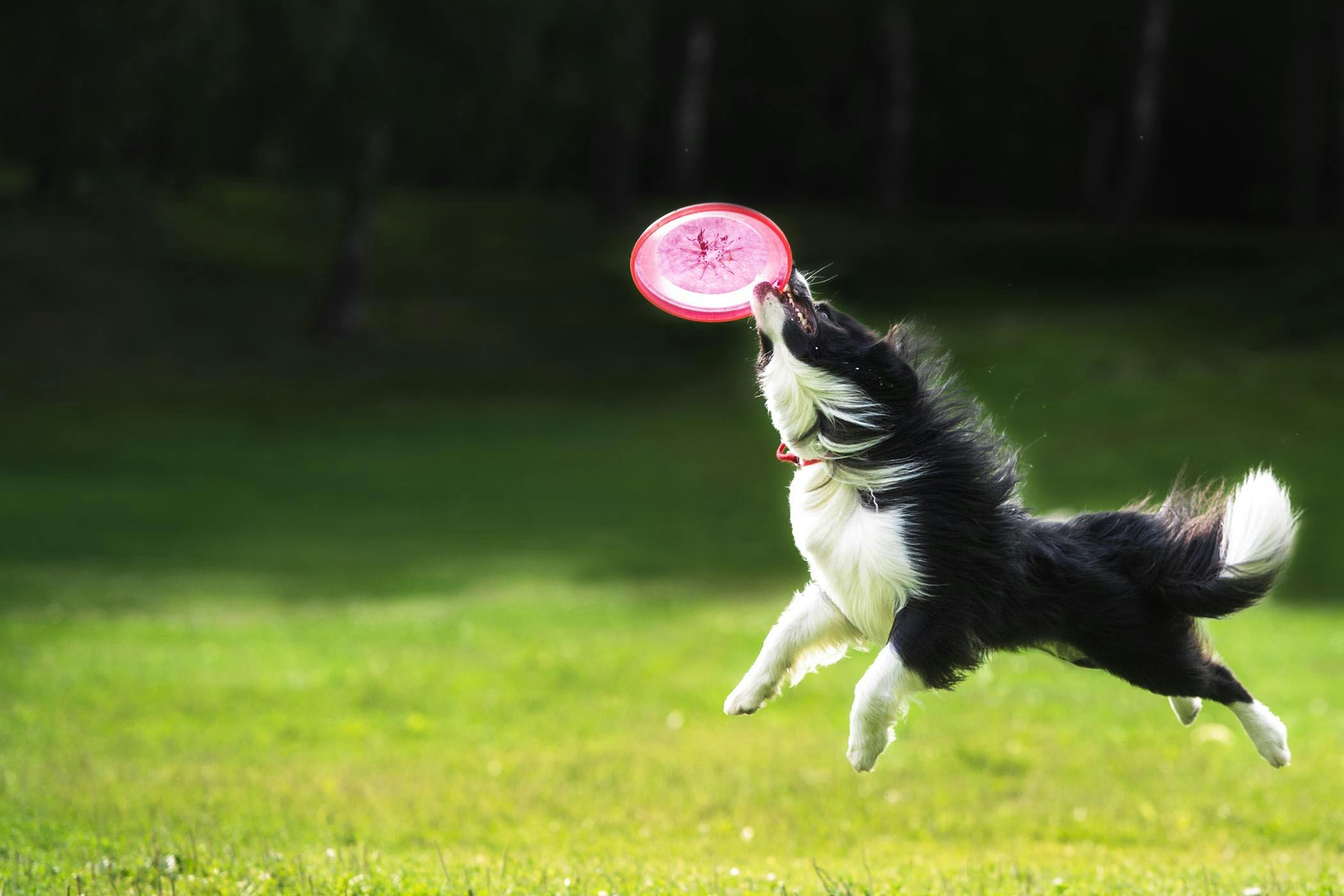
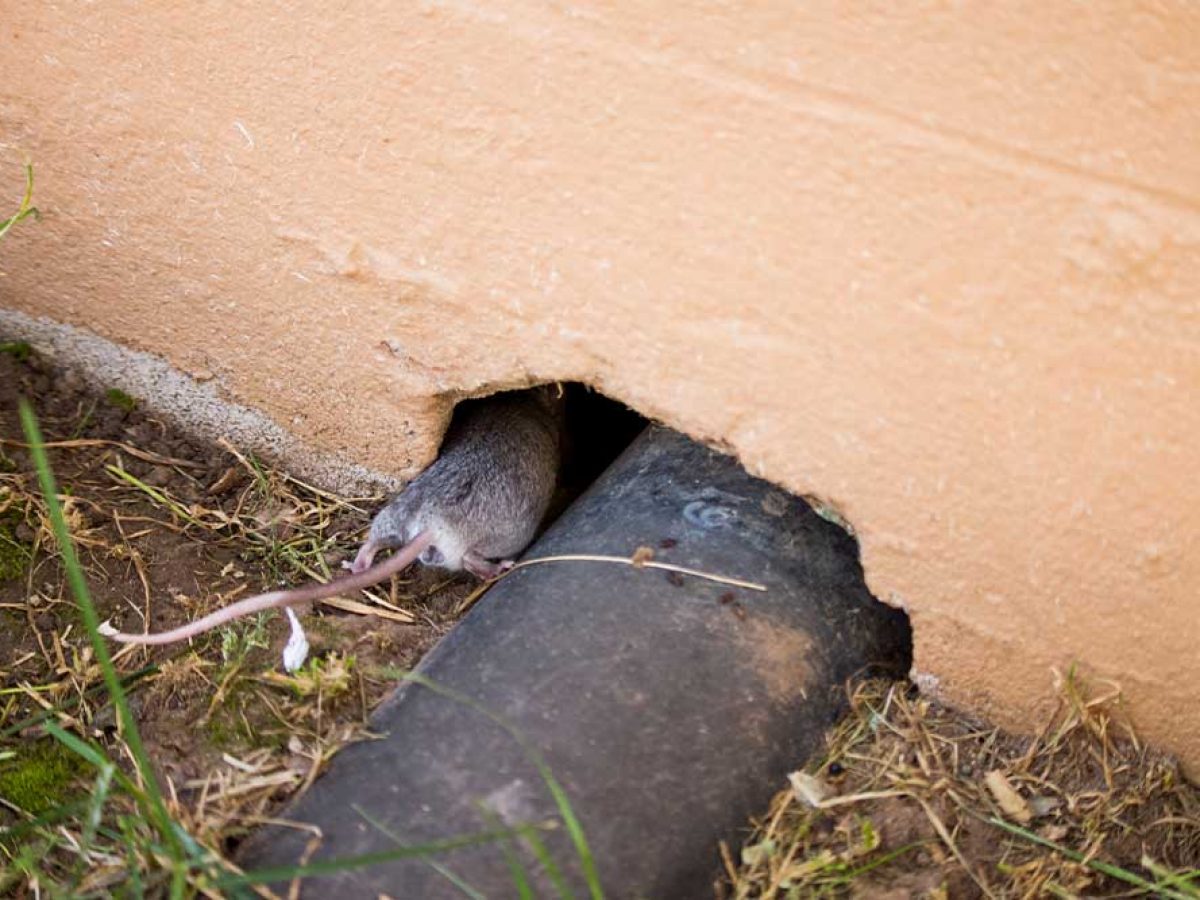
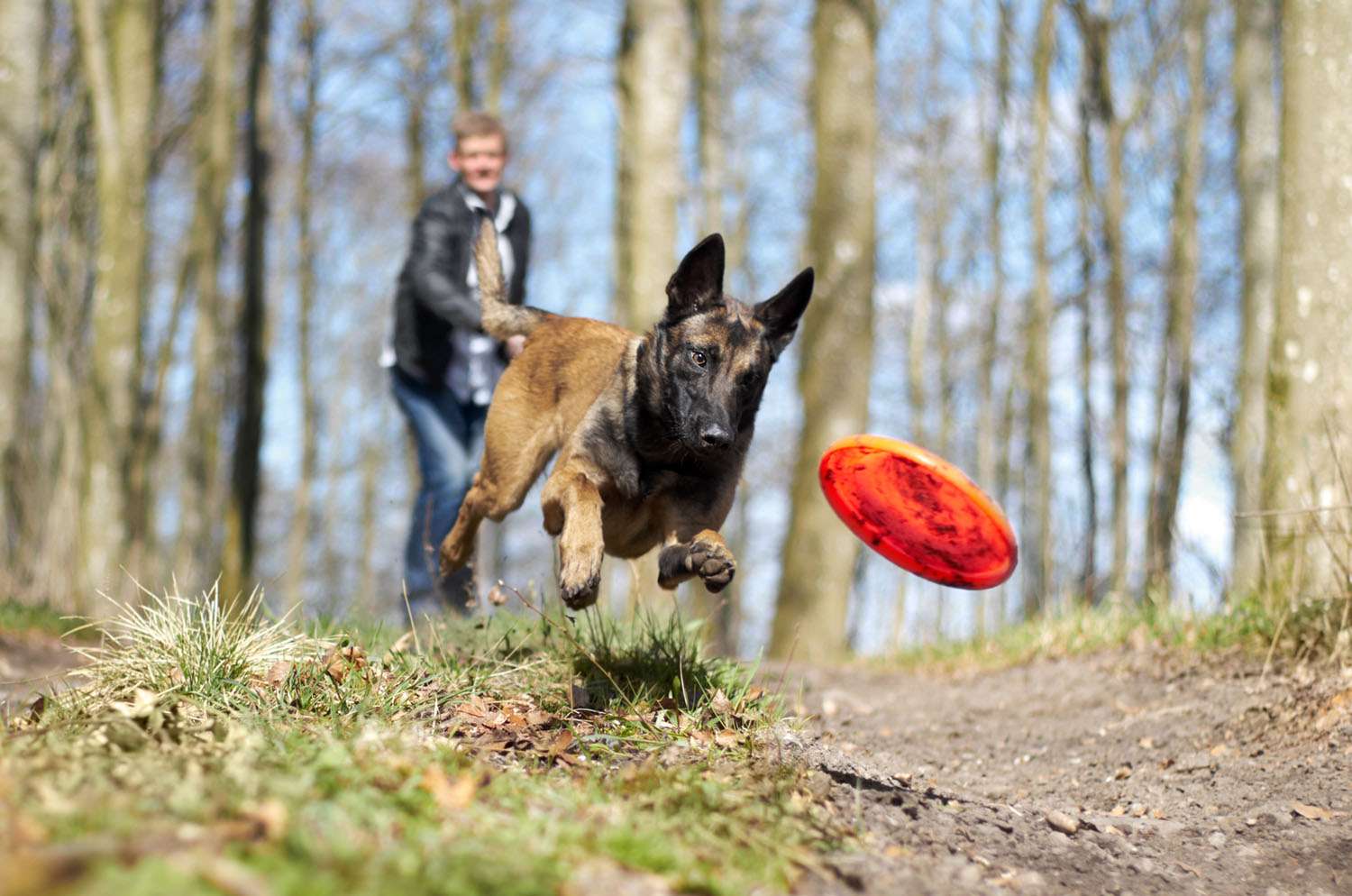
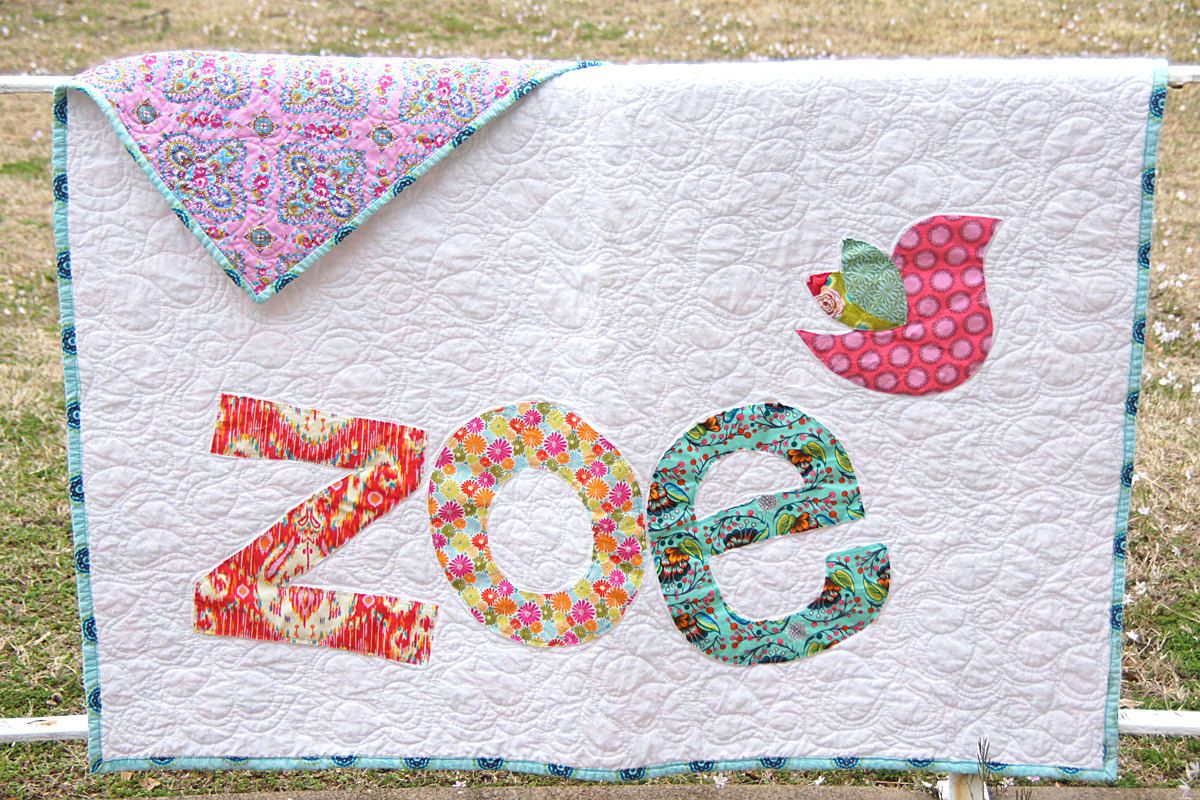

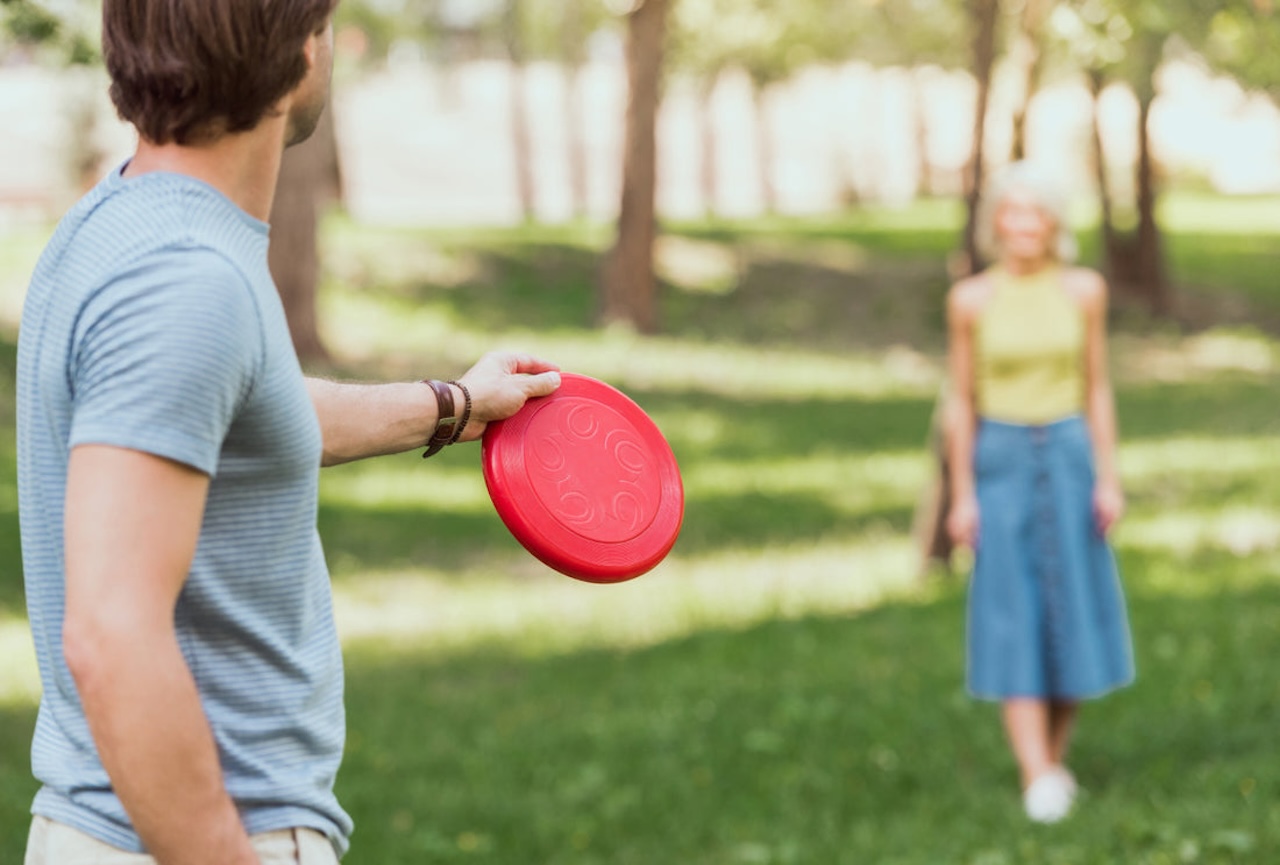

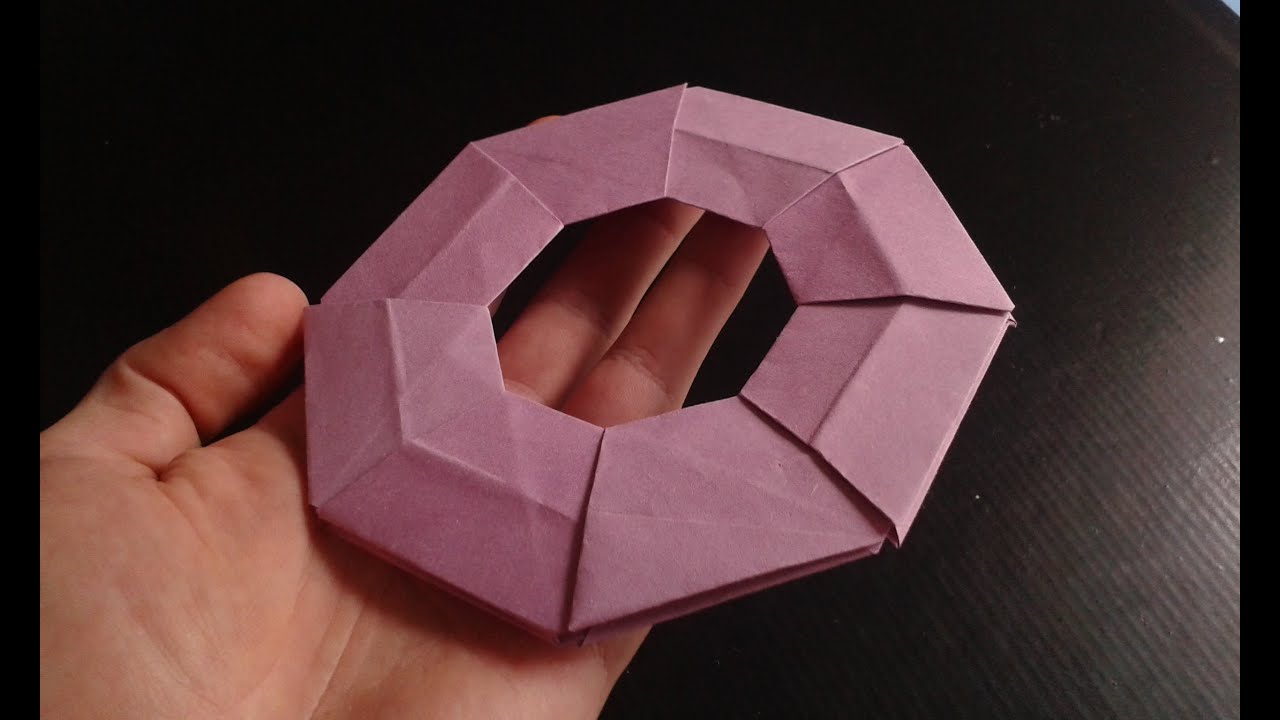





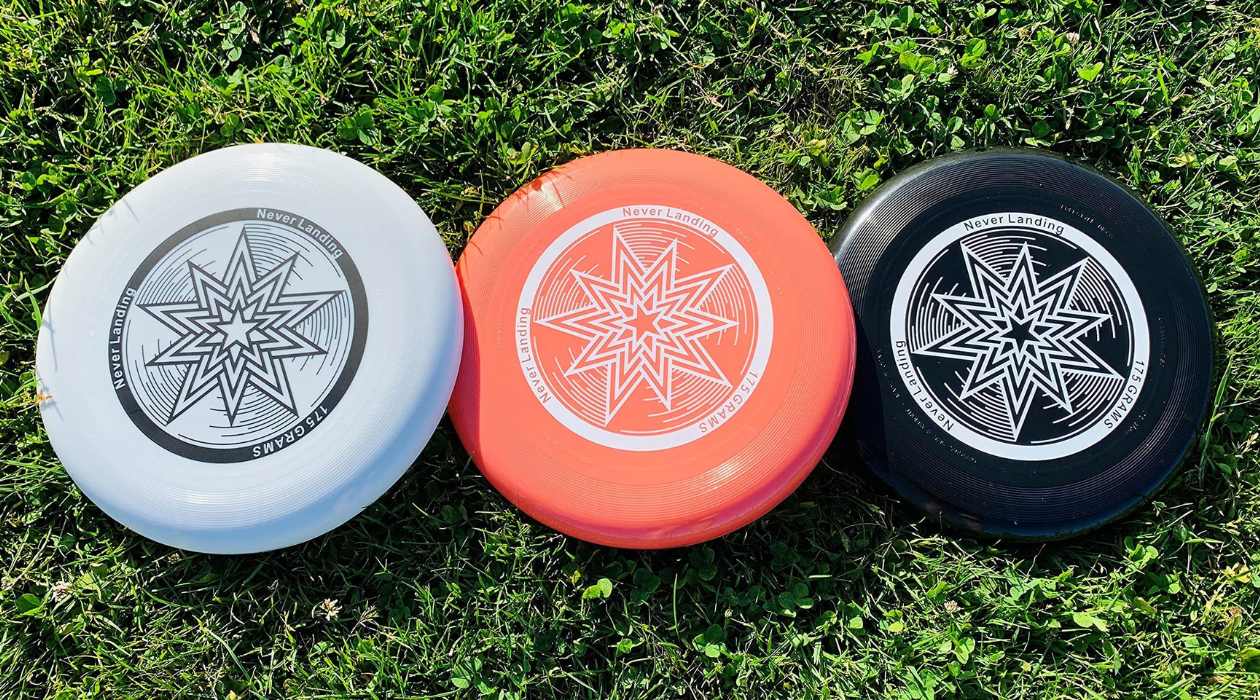
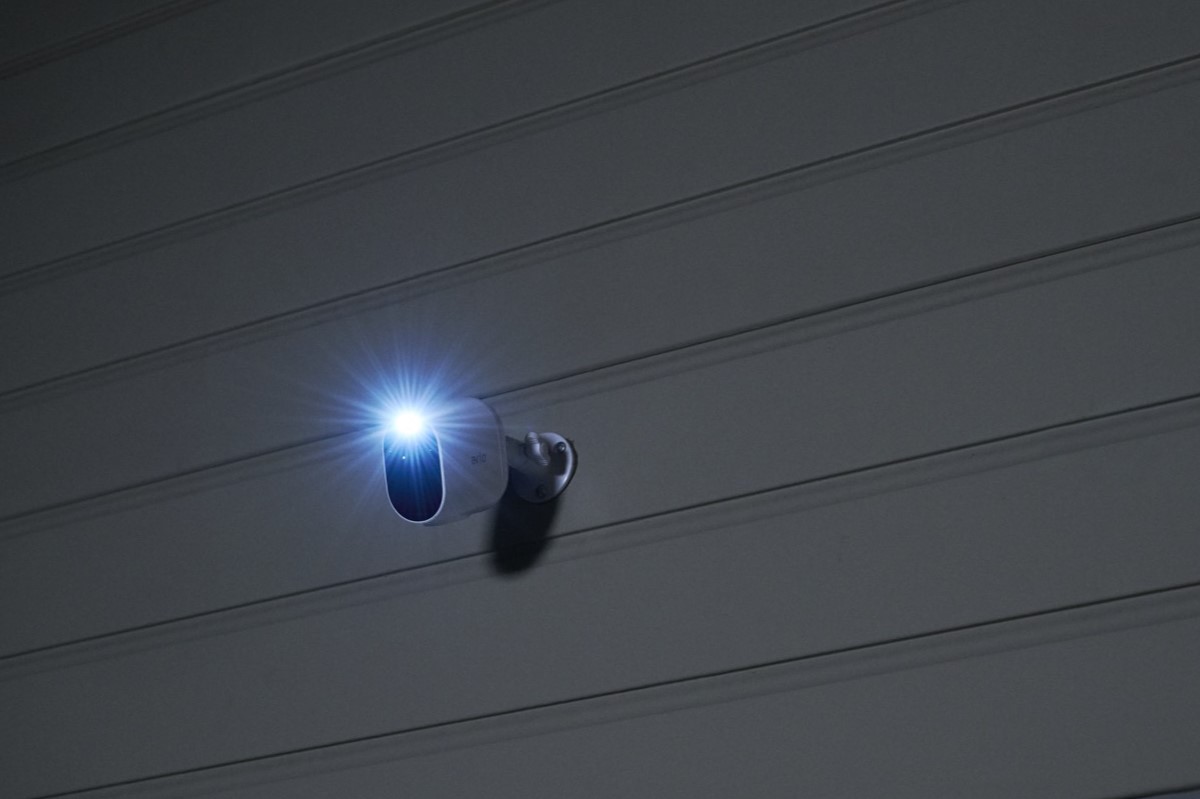

0 thoughts on “How Did Frisbee Get Its Name?”